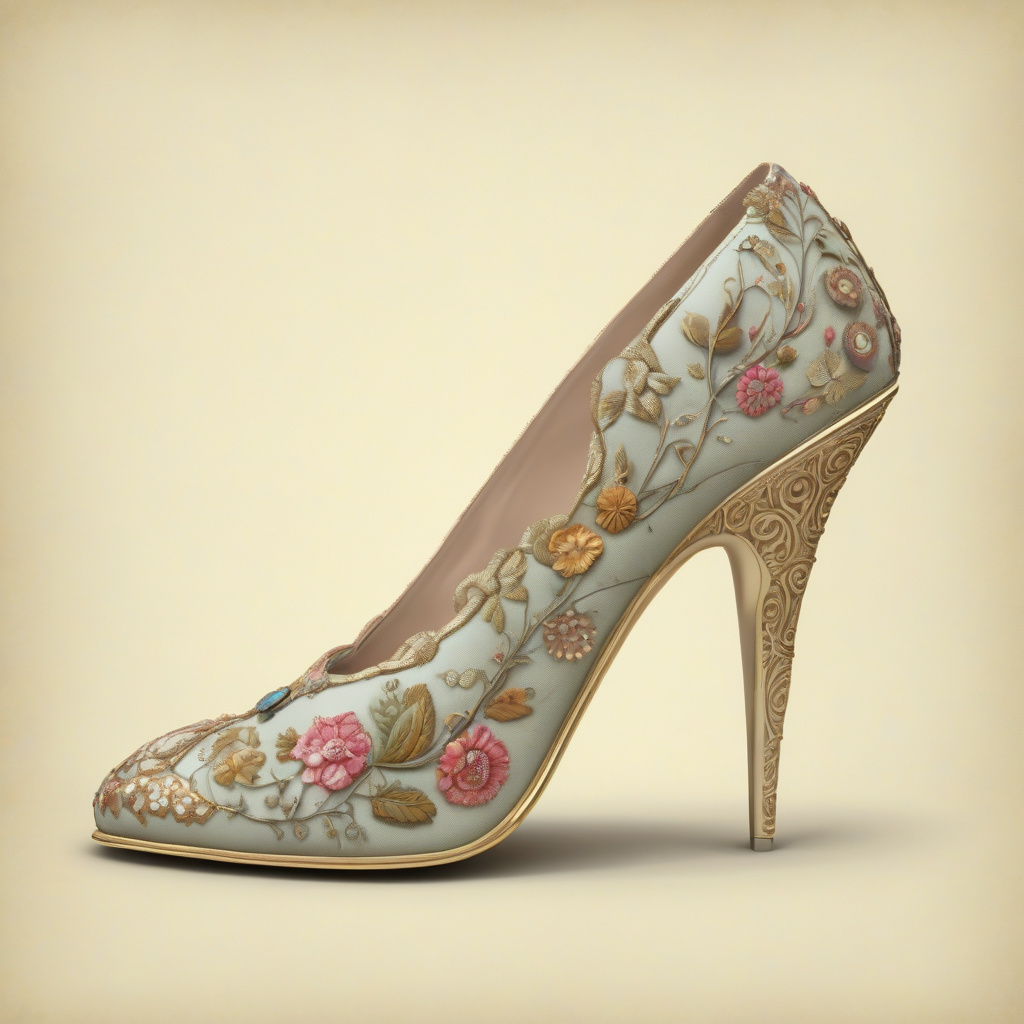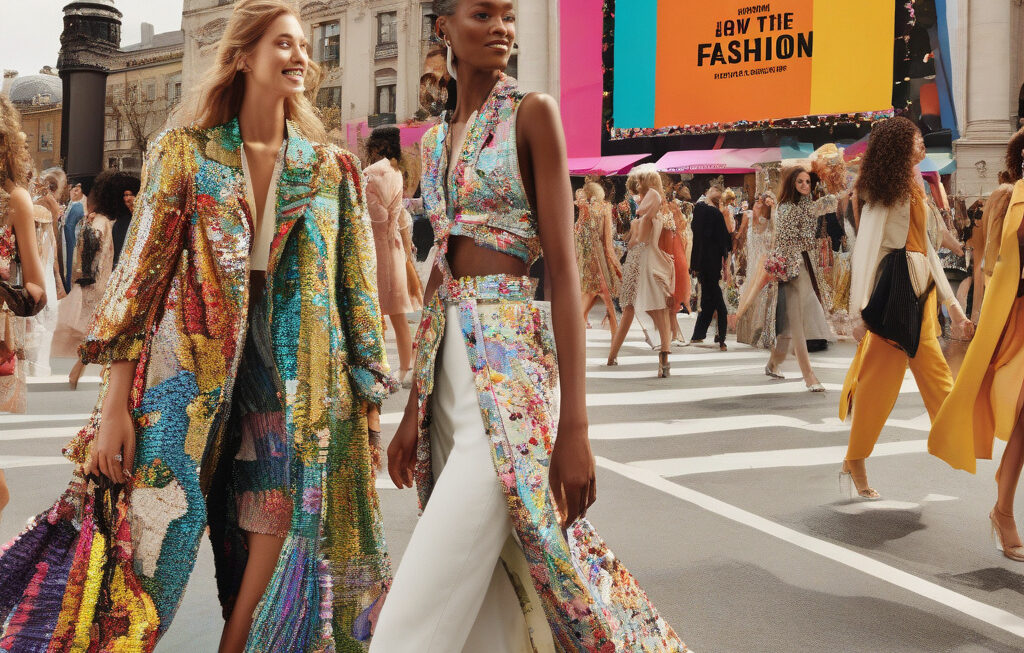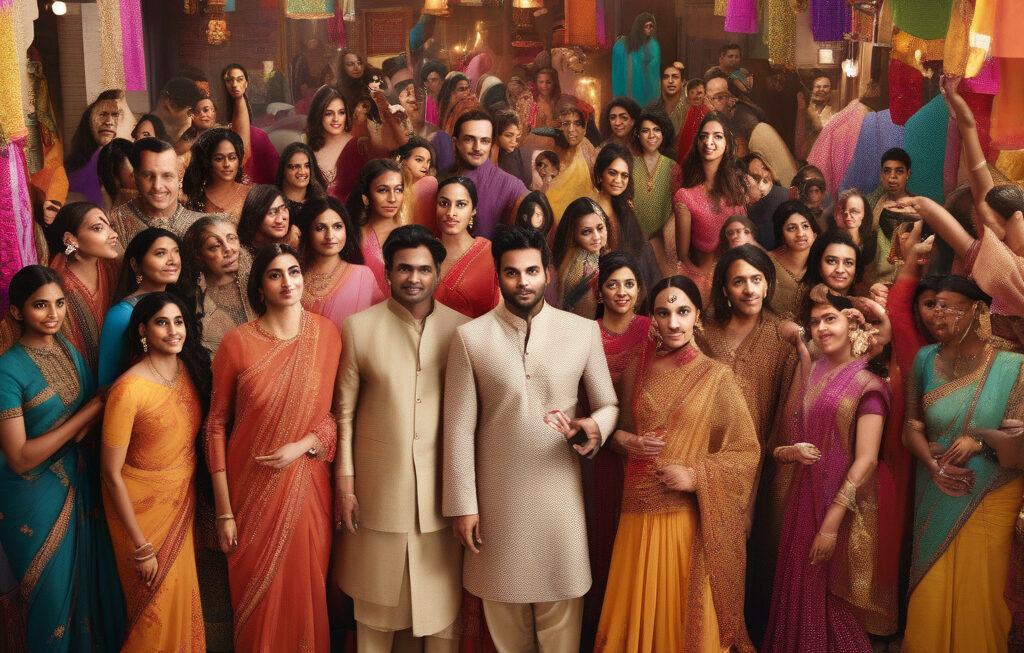The Evolution of High Heels: Embracing Comfort and Inclusivity
Once a symbol of power and elegance, high heels have long been a staple in the world of fashion. From boardrooms to runways, the click-clack of stilettos has echoed through the halls of history, signifying confidence and sophistication. However, in recent years, a shift has been observed in the realm of footwear trends. As ballet flats, Mary Janes, and kitten heels continue to soar in popularity, one can’t help but wonder – what happened to the high heel?
The traditional high heel, with its towering height and often uncomfortable design, seems to be taking a back seat in today’s fashion landscape. Brands are recognizing the changing values of consumers, who now prioritize comfort and inclusivity over outdated notions of femininity. As a result, a new narrative is emerging in the world of footwear – one that celebrates diversity and individuality.
One of the key factors driving this shift is the changing role of women in society. As more women enter the workforce and assume positions of leadership, the need for practical and comfortable footwear has become paramount. The days of sacrificing comfort for style are long gone, as women now demand shoes that can keep up with their fast-paced lifestyles.
In addition to practicality, inclusivity has also become a major focus for brands looking to appeal to a diverse customer base. The one-size-fits-all approach is no longer viable in today’s market, as consumers seek out products that reflect their unique identities and experiences. By offering a wider range of styles and sizes, brands are able to cater to a more diverse audience, ensuring that everyone feels represented and included.
Take, for example, the rise of the kitten heel. With its modest height and comfortable design, the kitten heel has become a favorite among women who want to add a touch of elegance to their look without sacrificing comfort. Brands like Manolo Blahnik and Jimmy Choo have embraced this trend, offering a variety of kitten heel styles that cater to different tastes and preferences.
Similarly, ballet flats and Mary Janes have also seen a resurgence in popularity in recent years. These flat shoe styles not only provide all-day comfort but also exude a sense of effortless chic that resonates with modern consumers. Brands like Chanel and Repetto have capitalized on this trend, creating timeless designs that appeal to women of all ages.
In conclusion, the evolution of high heels reflects a broader shift in consumer values towards comfort and inclusivity. As women continue to redefine the meaning of femininity and empowerment, brands must adapt to these changing ideals in order to stay relevant in the ever-evolving world of fashion. By embracing diversity and prioritizing comfort, the future of footwear looks bright, with a wide range of styles and options available to suit every taste and preference.
high heels, fashion trends, inclusivity, comfort, evolving femininity












